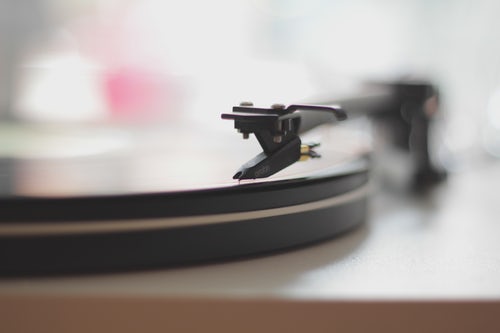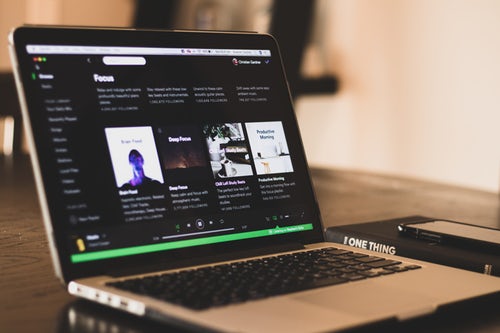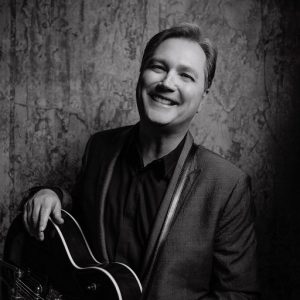Waste Free Digital Consumption
The way we listen to music has changed within the last 100 years. From going to shows in your local theatre to listening to new music on the radio. Then when television was invented so was Top of The Pops. Vinyl Records were the most popular way to listen to your favourite artists before cassette tapes and boom boxes were introduced. Then in the 1990s CD Roms came along and changed the music industry yet again.
However times have changed again and although vinyl records are ‘trendy’ we largely listen to music via digital platforms such as Spotify and Apple Music. This is great for the environment as we can store thousands of song via the internet and don’t have piled of CDs or Records that end up going in the trash. Less waste = happy environment.

Retro Is Fashionable
As mentioned before, Vinyl records that were largely used between the 1950s – 1980s where people could listen to albums and singles on their record player. They were big and bulky and took up a lot of room and hence why a smaller CD Rom was introduced in the 90s. However around 2010 music brands such as HMV began to notice a rise in interest in’retro’ and hence began to sell vintage vinyl records. This was great for the environment as recycling and reusing products is better than throwing them away. However record companies jumped on this bandwagon and started to produce new albums on CDs, Digital and Vinyl. Mass production and more consumption is having a negative impact on the environment due to the amount of pollution created from making these products.
Celebrity Influence
Many artists from all over the world are using their celebrity status to spread the word of how we can be more environmentally friendly and sustainable.
On their world tour, Radiohead shipped their stage and equipment by ship rather than air which obviously took longer but was much more environmentally friendly so the tour was spread out over a longer period of time. They also used biofuel on their tour busses and encouraged fans to travel to concerts on public transport via their social media channels.
Sheryl Crow was another artist who used her tour to promote more sustainable habits. She sold biodegradable water bottles rather than plastic bottles at the venues and also travelled her US leg of the tour on biodiesel fuel.







